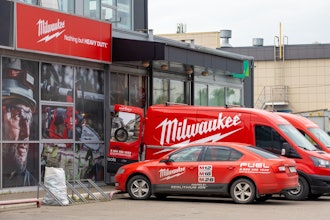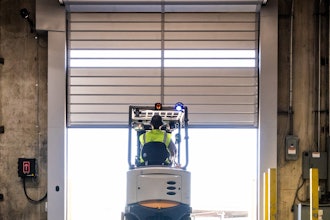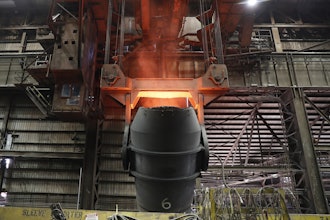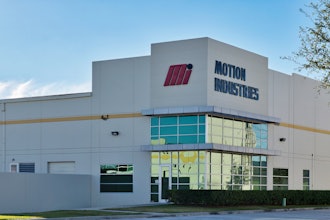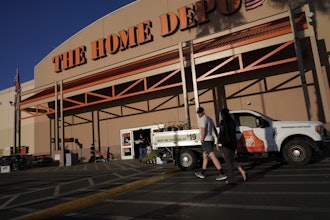
There are two main problems encountered by the distribution industry in changing costs.
In recent years, the pandemic and inflation have created chaos with soaring and unpredictable costs. Suppliers send changes in cost, and distributors have their own changes, as well — like warehousing, transportation, inventory holding and order processing to name a few.
Distributors need to control costs and, at the same time, deliver the right products at the right time to their customers at high customer service levels. If changes cannot be managed effectively, this can result in losing customers, loss of profitability, and in some cases, business failure.
Cost changes can be effectively managed by distributors through proper cost management techniques:
1. Cost Analysis
Analyzing costs is one of the important aspects of cost management, and knowledge of the main cost drivers is necessary. Detailed knowledge of how developments in these costs are impacting profitability will help distributors make decisions on cost-reduction moves and take action on various areas of cost control.
2. Negotiation with Suppliers
Although not easy, negotiation with suppliers can allow a distributor to manage the changes in cost through reducing the cost of goods sold. If terms could be improved — say, for instance, in regard to volume discounts or extended credit — the effect will work to improve the distributor's cash flow and free up resources serving other costs that they are not able to negotiate well. It will also enable them to compete in the market if they can be allowed to price their resales off a cost base that is negotiated. Along with the savings in cost upfront, it proves to be more useful in working with suppliers in reducing transportation costs through consolidation of shipments or using more effective modes of transportation.
3. Enhancing Inventory Management
Proper management of inventory allows for the proper management of changes in cost. When not properly managed, one may end up with excess warehousing that ties up cash flow and increases costs associated with storage. On the other hand, there may be distributors who have a shortage of inventory, which leads to losses in sales and customer dissatisfaction.
In many cases, distributors will have inventory management software in place that can point out which products sell quickly and which do not, enabling reorder strategies and adjustment of inventory levels. Consequently, fine-tuned software will help to reduce the opportunity cost related to the storage and management of inventory by providing the distributor with products to supply customer demand.
4. Streamlined Operations
Streamlined operations minimize waste and enhance efficiency for the distributor.
Distributors can use lean principles by minimizing wasteful activities in warehouse operations through process automation, which may increase the likelihood of saving on manual labor and increasing productivity. In addition, other transportation-related changes may be more cost-effective. For instance, a fully laden delivery truck, which makes one delivery run, can greatly impact a distribution organization. This would also reduce fuel consumption, maintenance costs, wear and tear on the vehicles, and, as a bonus, reduce the environmental costs of poorly designed transportation.
5. Pricing Strategy
Sometimes, the best way to manage all those changes is to implement a pricing strategy that enables cost recovery to take place. A good pricing strategy, along with a scheme addressing market demand and crop competition, would help different distributors maintain viability even in that melee of constant changes.
For example, a distributor may offer discounts for customers who buy in large volumes of product. It may make the customer consider buying the product in large volumes, which will reduce the actual cost of giving out the product in the long run.
Distributors may use zone pricing by placing different prices on items within dissimilar areas, such as regions or zones. It may be developed based on the idea of destination shipping, wherein differences in transport costs can result depending on the distance to the region.
6. Outsourcing
Distributors are in favor of outsourcing some operations to effectively handle changes in the cost.
Outsourcing transportation services to third-party logistics providers or the use of third-party warehouses to store and manage inventory can help.
Third-party expertise and resources in designing optimal transportation routes are heavily drawn upon by distributors, which is helpful in lowering costs, shortening delivery times, and providing better service to customers.
Similarly, using a third-party warehouse can help decrease the costs related to maintaining a full-fledged warehouse of their own. This becomes rather practical, especially to accommodate peak and off seasons and pressure from the unpredictability of stock availability.
The distribution industry is critical for the economy, and it is responsible for how goods and services reach from producers and to consumers. The industry has to adapt and innovate to keep the cost elements in check. Those who adapt their costs will weather through, sustain profitability, and maintain customer satisfaction.
Michelle Duffy is a distribution industry expert at Pricefx.









